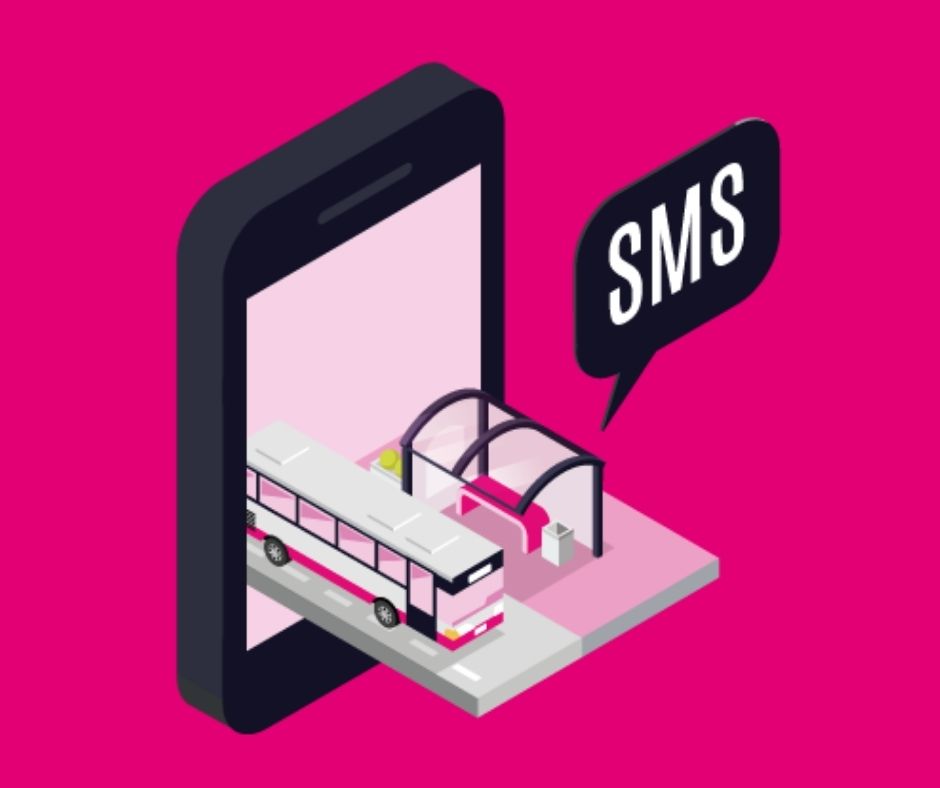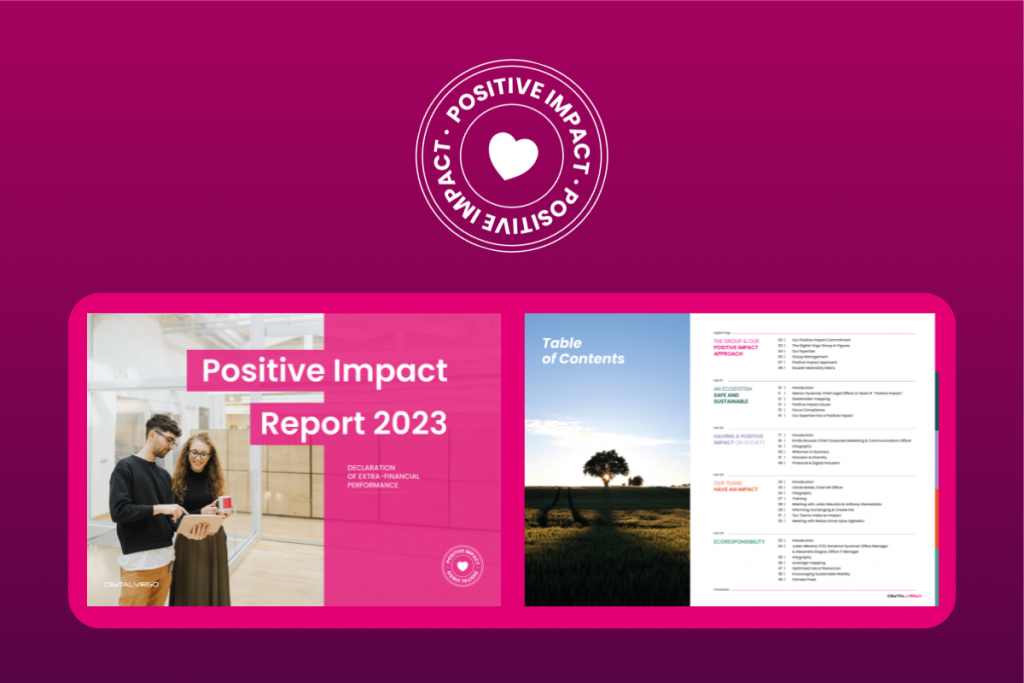1.Mobile ticketing to grow across multiple sectors
According to Report Linker, the global market for Mobile Ticketing estimated at 1. 2 Billion $ in 2020, is projected to reach a revised size of 4 Billion $ by 2027, growing at a CAGR of 18.
Besides, Juniper Research revealed that mobile ticketing has become consumers’ preferred channel in events and transport ticketing, with mobile ticketing users worldwide expected to increase from 1.1 billion in 2019 to 1.9 billion by 2023.
The main levers driving this growth are the large smartphone penetration in emerging countries and the global demand for convenient and frictionless experiences. In addition, mobile ticketing is the ideal solution derived from the Covid-19 pandemic, as users increasingly demand a cashless society.
Juniper Research anticipates this trend to be a permanent shift, with users increasingly accustomed to the speed and convenience of contactless payments over cash and preferring a touch-free payment experience in an attempt to avoid contact with the virus.
Mobile ticketing also stands out as an eco-friendly solution. It promotes paper savings while providing more convenient experiences.
2. Security when paying for public transport tickets
Security in payments is mandatory in today’s world. This is a fundamental requirement for the end-user.
M-ticketing and especially Direct Carrier Billing, offers passengers secure shopping experiences. It prevents users from having to share personal information such as bank or credit card details. By simply sharing their mobile phone, they have access to their digital ticket.
More than that, the user doesn’t have to enter into any new financial relation, but only maintain the one he already has with his telecommunications operator.
This is undoubtedly an advantage over other payment methods that carry a higher risk of fraud for the end user, and which also require a bank account or credit card in order to access the product or service.
Furthermore, when we talk about security, we mean putting a barrier against vulnerabilities in the digital ecosystem of the digital ticketing provider itself. With Carrier Billing, powerful anti-fraud detection and protection tools ensure that transactions run smoothly.
Therefore, public transport companies must incorporate alternative payment methods that respond to passengers’ demands and provide confidence and security as well as protection of their own businesses.
3. Optimized experience for public transport users
Seamless mobility is a key factor in the modern life. This growing demands in most of the cities, position transport operators under more pressure to digitize their services in order to make them more accessible and easy to use.
Today, public transport users expect technology to simplify the payment process, allow digital ticketing, reduce delays, and improve security.
Carrier Billing is an alternative payment method that optimizes the passenger’s experience by combining all the demands in just one solution. It is simple, secure and convenient.
By utilizing the device travellers already carry with them — the smartphone — mobile ticketing provides public transport companies with a quick way to implement digital transformation, decrease operational costs and improve user experience.
Mobile ticketing requires little or no infrastructure upgrade, so it’s simple to deploy for public transport operators and easy to use for passengers.
Users just need to send a keyword to a short code via an SMS or in-app. The act takes a few seconds, compared to traditional ticket purchasing (stand in line, wait in counter, manipulate ticket machine, etc.)
4. Higher conversion rates for public transport companies
A smooth and comfortable user experience also means higher conversion rates. Due to a shorter checkout flow, the number of users who complete the checkout process using Carrier Billing is higher than using other payment methods. Also, the fact that any mobile user can pay increases conversion rates.
This payment method also increases ARPU (average revenue per user). Again, it is the result of combining simplicity, convenience and security. Meeting consumer expectations with a better experience goes hand in hand with increased customer usage.
Therefore, if you are looking for different ways to make additional transactions and grow your revenue, Carrier Billing is the ideal choice.
5. Carrier Billing global reach, an efficient payment method to acquire new paying users
One of the main advantages of Carrier Billing is the global reach of the payment method which is available worldwide. To carry out a transaction, it is only needed to own a mobile device and to have a valid SIM card. With more SIM cards than people in the world, Carrier Billing becomes a real alternative for under-banked countries and an efficient way to promote a global financial inclusion.
In addition, Carrier Billing is the ideal payment method to reach younger audiences, who typically do not have a credit card while in most cases owning a smartphone. For the purchase of public transport tickets, the user only needs to carry his or her mobile device with him or her. An alternative payment method to reach new users who are willing to pay but do not have a credit card to complete the payment.
Besides, it is ideal for reaching occasional travellers who do not necessarily have a weekly/monthly transport card.
“Mobile Ticketing meets the expectations of consumers who demand simple, fast and secure solutions to manage their daily payments and, in this case, to access their public transport tickets. The rapid consolidation of Carrier Billing payment method in the transport industry confirms its advantages for both transport companies and end-users. We are happy to participate as a key player in the development of this promising business worldwide.” Frederico Rosato, Pre-Sales & Sales Director, Payment Solutions at Digital Virgo.
Looking for an end-to-end solution dedicated to the mobile ticketing ecosystem?
In Digital Virgo, we optimize and promote the use of Mobile Payment through platforms that are designed, created and developed to meet the specificities of Merchants and Telcos. One of our solutions is DV Ticketing, a range of Technical Tools and Platforms to manage the payment of services via Digital Tickets.
DV Ticketing provides innovative turn-key solutions for public transport companies and shared micro-mobility services, and integrates payment via telecom operator’s billing system via SMS, RCS and In-App.
DV Ticketing manages the full process, from the platform integration with the Automated Fare Collection systems of the client, to the ticket delivery, and the payment. Our advanced analytics and reporting tools enable real-time monitoring and interactive tracking. Discover more here!
- A fast go-to-market solution for Public Transport Companies!
- No need to invest in infrastructure
- Reduced operational costs (ticketing/cash handling)
- Higher user satisfaction
- Simple and convenient to use for new and existing customers
At Digital Virgo, we have a deep understanding of the ecosystem and support large public transport companies to improve their customer experience while increasing their revenues. Discover our latest collaboration with Atac in Rome to enable mobile payments in public transport tickets.
A closer look on how Carrier Billing works for the purchase of public transport tickets via Premium SMS
Typically, the Carrier Billing sales channel in the mobile ticketing ecosystem is via premium SMS. This operator bill payment system is characterised as the preferred system for micro payments and digital ticket sales.
The standard user journey using Premium SMS:
Step 1: The user sends an SMS to a premium rate number.
Step 2: The user immediately receives an SMS on their mobile containing either the link to the ticket or a QR code.
Step 3: The user validates the ticket once he/she uses a public transport.
The amount spent is charged to a mobile cell phone bill or deducted from a prepaid card by the mobile phone operator.
Premium SMS is compatible with all mobile devices and telecom operators. It is one of the most-used payment methods worldwide.
Easy, fast and secure. No registration needed. Fewer steps to complete for purchases. No sensitive card data shared.
With no doubt, the future of urban mobility.
Want to know more on how Carrier Billing via Premium SMS works? Watch this video or contact us!



